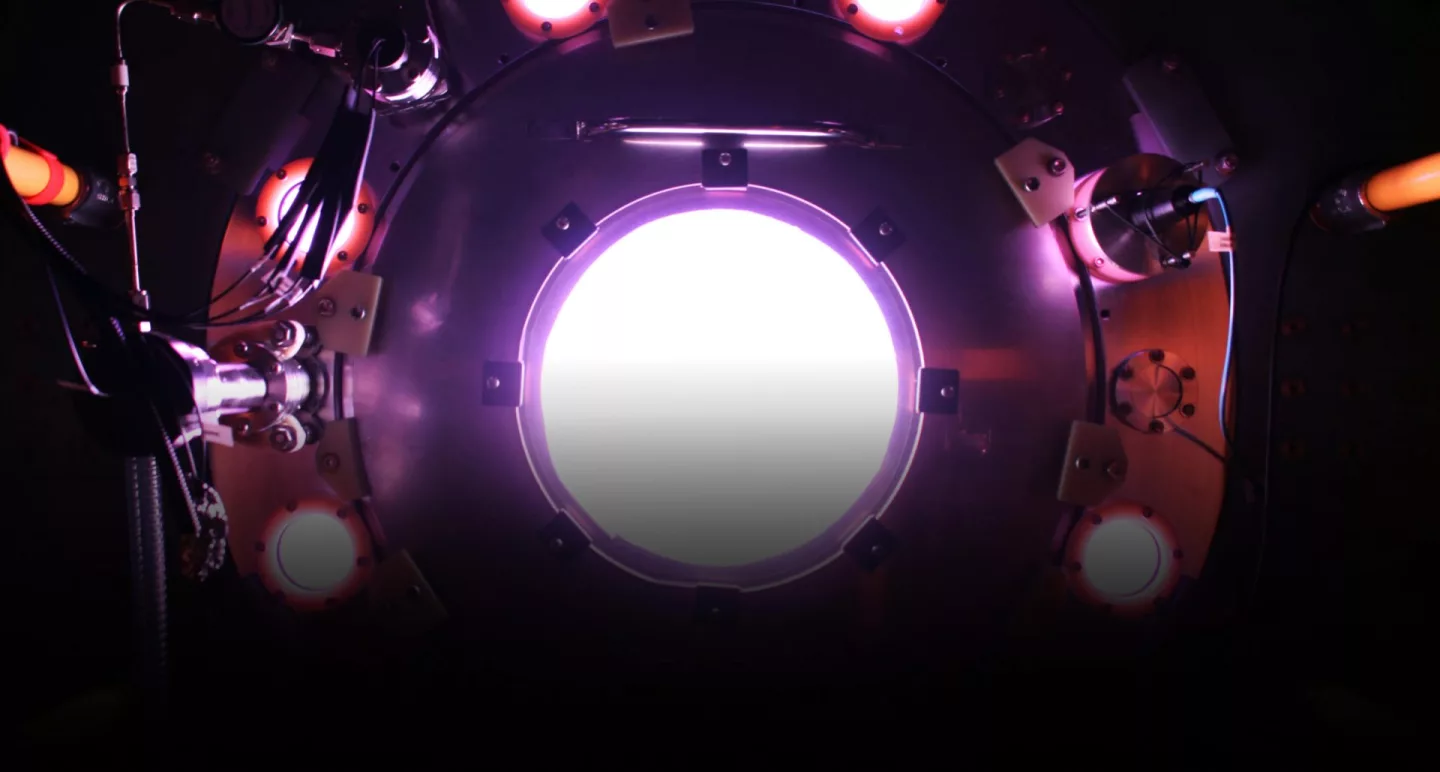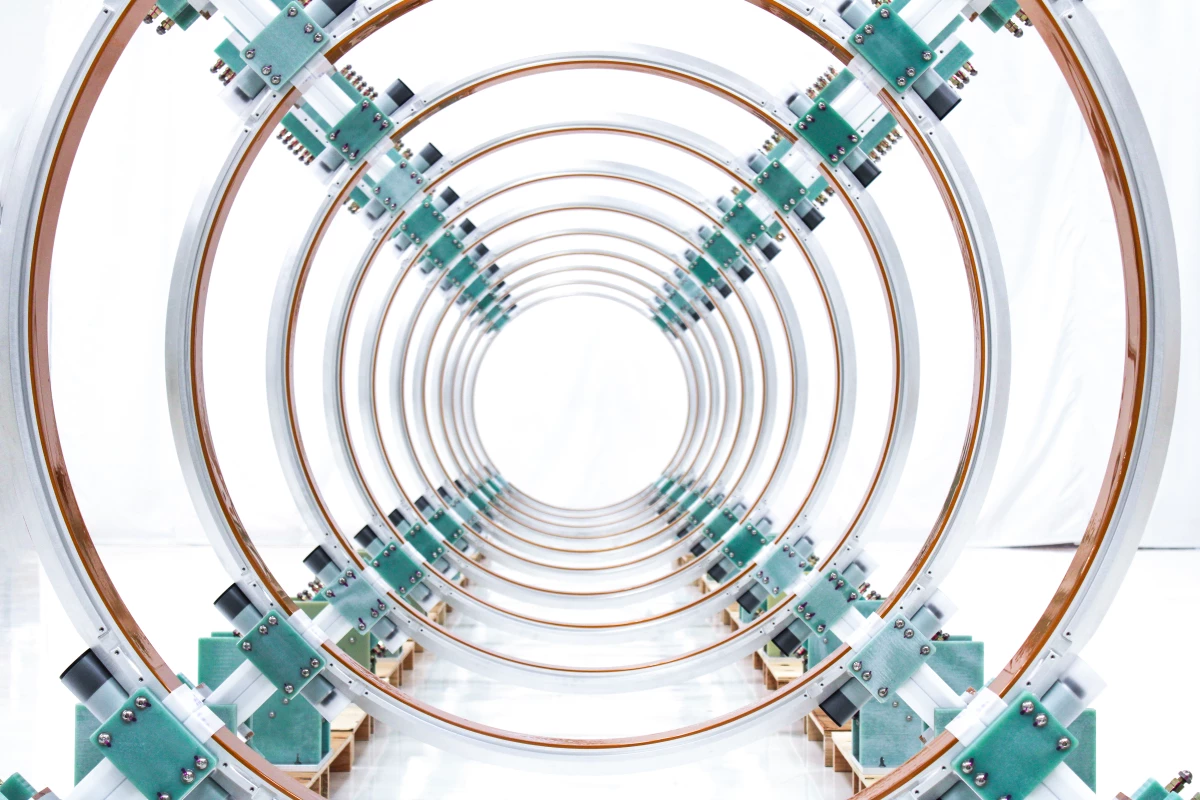In an outrageously audacious move, Washington-based fusion power startup Helion has signed the world's first fusion power supply deal, promising to deliver Microsoft at least 50 megawatts of clean fusion power by 2028, or pay financial penalties.
If you'll forgive the pun, there's been a palpable energy in the field of nuclear fusion over the last few years. It's driven by a fresh crop of companies breaking away from the lugubrious pace of massive inter-governmental projects like ITER, exploring new technologies, and promising practical, low-cost, commercial fusion power on radically shortened timelines.
Commonwealth Fusion Systems reckons its SPARC facility will demonstrate net energy by 2025, and will start supplying the grid with power "in the early 2030s," potentially producing more than 100 MW. TAE Technologies reckons it'll have a prototype of its Da Vinci generator supplying electrons to the grid in the early 2030s as well. Zap Energy is hoping its FuZE-Q reactor can create more energy than it uses by 2026.
None of those guys have signed a power supply deal yet, though. Helion, on the other hand, appears to have taken on some risk and put money where its mouth is. “This is a binding agreement that has financial penalties if we can’t build a fusion system,” Helion founder and CEO David Kirtley told The Verge. “We’ve committed to be able to build a system and sell it commercially to [Microsoft].”
According to a press release, "The plant is expected to be online by 2028 and will target power generation of 50 MW or greater after a 1-year ramp up period."
We'd need to see the terms of the agreement here to know exactly how excited to get. It's unclear exactly where these "financial penalties" will kick in, or exactly what risk Microsoft is taking on in signing this deal, so there's still plenty of wiggle room for doubt and healthy skepticism around this absolutely extraordinary claim.

Indeed, all the language in Helion's press release keeps things infuriatingly vague. “This collaboration represents a significant milestone for Helion and the fusion industry as a whole,” said CEO David Kirtley. “We are grateful for the support of a visionary company like Microsoft. We still have a lot of work to do, but we are confident in our ability to deliver the world’s first fusion power facility.”
“We are optimistic that fusion energy can be an important technology to help the world transition to clean energy,” chipped in an equally cautious Microsoft Vice Chair and President Brad Smith. “Helion’s announcement supports our own long term clean energy goals and will advance the market to establish a new, efficient method for bringing more clean energy to the grid, faster.”
Helion expects to "demonstrate the ability to produce electricity" with its seventh-gen Polaris prototype sometime in 2024, although that's not the same as producing net energy. It sounds more like a demonstration of Helion's unique power harvesting approach, which doesn't use steam-driven turbines like many other designs, but instead captures energy directly from the interaction between the magnetic fields of the fusion chamber and the plasma itself as it expands and contracts due to fusion events.
Forgive us for breaking out the magnifying glass here, but as we've been told for decades now, fusion is somewhat of a holy grail of clean energy – safer than fission, controllable, zero-emissions and virtually limitless. And cheap too; Helion says it's targeting electricity prices on the order of US$10 per MWh. The median cost of coal-fired power, according to The Hill, is more like US$36 per MWh, and new solar costs around US$24 per MWh.
Thus if Helion – backed to the tune of US$577 million according to CNBC, including a very substantial US$375 million from OpenAI CEO Sam Altman – gets this Microsoft deal delivered, it could be some of the biggest energy news in our lifetime, and a very positive step toward net-zero carbon by 2050.
It could also, as some point out, represent a huge piece of leverage that Microsoft could exert over OpenAI, since Helion is Altman's biggest personal investment – a potentially scary thought in context of the potential darker side of AI.
The news is exciting for climate change but it's worth noting that it increases the bargaining power of Microsoft over Altman (highly involved in Helion) which is not good for alignment.
— Siméon (@Simeon_Cps) May 10, 2023
Ideally I would want to live in a world where if Microsoft says "if you don't give us the… https://t.co/UHohXjh0B5
Either way, we're not prepared to pop any corks just yet, and we're definitely put off by some of the vague weasel-wordery in Helion's press release, but we certainly hope this company, or any of the other fusion upstarts, comes through with the goods.
Check out a simple overview of the technology in the video below.
Source: Helion






